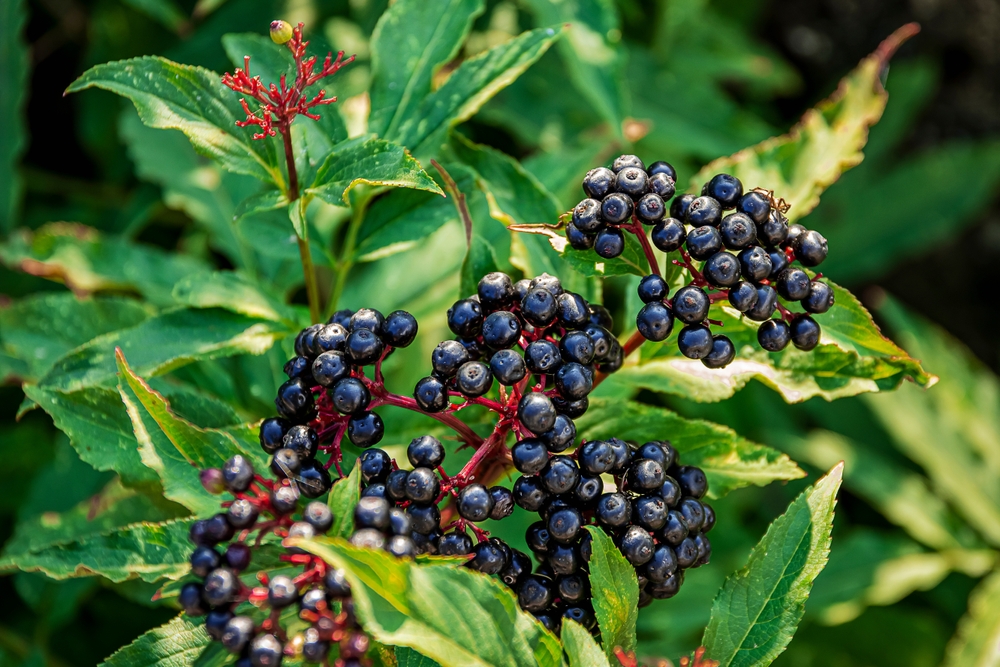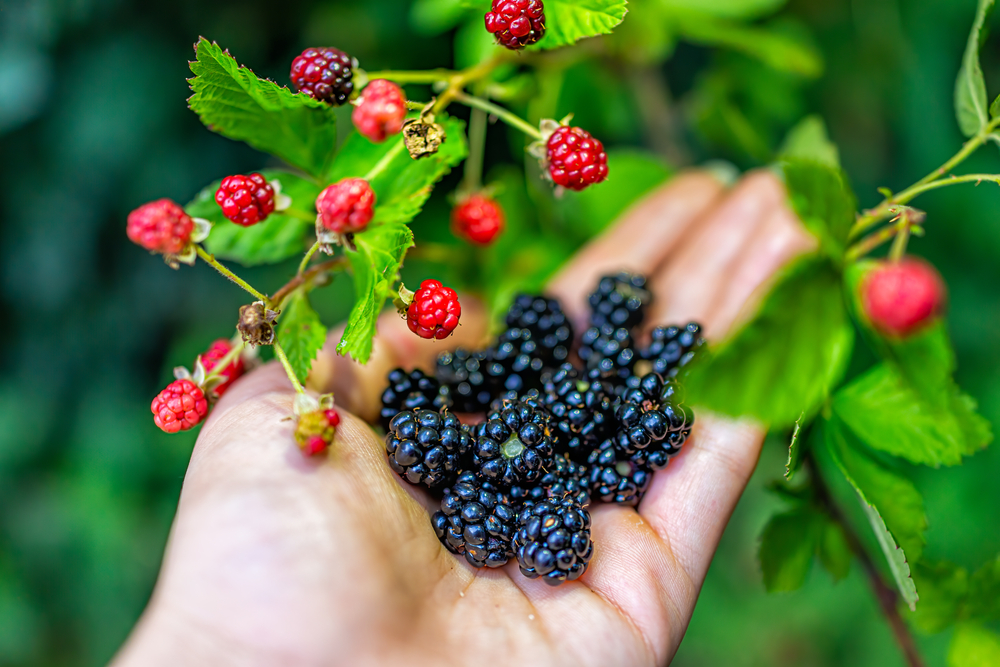Brits have been told the top 10 plants found around the country that can be used to harvest food and ingredients from the wild.
Arbtech ecologists have shared their list of the most popular foraging plants and advice on when is the best time to look for and pick them.
Foraging for wild food is seen as an excellent way to connect with nature and as an activity that has gained a lot of popularity in recent years, especially on social media.
With an abundance of plants in the UK that can be fed with different ingredients all year round, it can be a great and environmentally friendly way to source food, as long as it’s done sustainably.
However, as the activity’s popularity has grown in recent years, there have been parks around the country where “excessive foraging” is prohibited.
Collecting ingredients for commercial use instead of personal use can be harmful to wildlife that depend on food sources as well as harmful to sensitive ecosystems.
Andrew Ward from Arbtech comments: “Run hunting can be a fun activity and environmentally friendly if done in moderation and with our ecology in mind.
“Great plants grow in the UK that you can collect ingredients from nature and use at home, but always make sure you do it safely.
“Fruits like wild strawberries and blackberries are a bit easier to identify, but when you collect most of your food from the wild, always be 100% sure that you have identified the food correctly.
“And always eat sustainably. You should only take small amounts for personal use as these food sources are vital to our wildlife and ecosystems.
The ten best plants to forage in the UK
Blackberries
The blackberry is probably the most popular forage fruit in the UK and can be found in numerous locations from dense woodland to the side of busy roads. The best time for picking is from the end of July to the beginning of October.
Sweet chestnuts
It is ideal to look for sweet chestnuts in early autumn, and chestnut trees are often found in forests, parks or along paths. These must be cooked before eating, with the nut being the only edible part. Be sure not to confuse sweet chestnuts with horse chestnuts (conkers), as they are not edible and can be poisonous to humans.
Wild garlic
Spring is the perfect time to harvest wild garlic, but it’s best to do it early in the season, when the garlic is still young and full of fresh flavor. Typically growing in the woods, if you come across one, there’s usually a lot of it.
Blueberry
A fairly common find in acid woods, moors and moors, blueberries are best picked in the summer months and can also be eaten raw when fully ripe, although the fruit should be washed beforehand.
Wild strawberry
Usually in partial shade among hedgerows or mixed forests, wild strawberries are delicious fruits that can be picked from late spring and throughout the summer.
Forest apple tree
Crab apples are commonly found throughout the UK, but are often easily mistaken for other apples. The best time to look for crab apples is from August to November. They are small and tough and have a very sharp taste, so they are best used in cooking.
Elderberry

Elderberries like rich and fertile soil, so they are found in moist forests, but they have a wide tolerance, so they can be found in bushes, undergrowth, and many types of woods in late summer and early fall. Elderberries should be cooked before eating to safely remove toxins.
Hazelnut
The nuts have grown to maturity and are allowed to dry for some time until they become edible for humans, and the best time to pick hazelnuts is September and October.
Penny Bun (Boletus edulis)
A fairly common find in the UK and one of the most sought after woodland mushrooms, the penny bun can be found in woodlands and moors. The mushroom is said to have a cap that looks like a well-baked bun. The best time to collect penny mushrooms is from late summer to early autumn.
A triangular leek
These are invasive species and it is illegal for you to plant them in the wild. The seeds can be spread by ants and also by shoes, so it is important not to accidentally spread the plant. Therefore, the best time to pick the plant would be before and after the seed set, and April is a good time to avoid the risk of disturbing the seed.
It is important that you know the laws regarding foraging. You should only take above-ground parts such as leaves, fruit, flowers and bark in accordance with the Wildlife and Countryside Act 1981, as uprooting plants without the landowner’s permission is illegal. This means that roots and tubers are not allowed. The Wildlife and Countryside Act makes it illegal to collect wild plants or fungi from certain places, such as National Nature Reserves (NNRs) or Sites of Scientific Importance (SSSIs), without permission from Natural England. You are legally allowed to pick anything that grows wild for your own consumption, but taking cultivated crops without permission is considered theft and is illegal under section 4 (property) of the Theft Act (1968) (England and Wales only).
Why the Peace Lily is the best indoor plant for health and happiness


